Amazon Compliance Documents – What Sellers Need to Know

A report from InvestigateTV analyzed 429 recalled household products. The results stated that these products led to 62 deaths and 1,600 injuries.
Safety should be paramount to any brand on Amazon. From cookware to bed sheets, the average person has countless products in their home. But do sellers ever consider the potential dangers of these everyday items?
To ensure product safety, Amazon has procedures to streamline regulation processes. Plus, sellers can upload the necessary compliance documents to prove product safety.
But what are compliance documents for Amazon? And what should sellers know about product safety?
What Are Amazon Compliance Documents?
Certain products must comply with international, federal, state, and local laws, ensuring they’re safe for consumer use. To stay compliant, Amazon developed a policy for sellers to submit documents to prove their products are safe for public use.
Most sellers will upload their compliance documents when first listing a product. However, Amazon can request additional documentation at any time. This usually occurs when there’s a customer complaint, product regulatory changes, or an internal audit.
Here are some examples of Amazon-approved compliance documents:
- Safety certificates
- Test reports
- Label images
- Safety manuals
- Tracking labels
- Registration cards
- Compliance markings
Note that certain industries require specific documents. For example, if you sell children’s products, you’ll need to hold a Children’s Product Certificate (CPC).
If your business fails to comply with these rules, Amazon can remove your listing and even block your store.
Recommended read: Is it possible for a seller to have multiple Amazon accounts?
Do You Need to Upload Compliance Documents?
Not every seller requires compliance documents. The items that require documentation include ones that fall into any international, federal, state, and local regulations.
Sellers must also prove compliance for any item that falls into Amazon’s restricted item categories.
Here’s a breakdown of each scenario.
Legal Regulations
Certain industries are under more scrutiny than others. These include pesticide manufacturers, motor vehicles, electronics, and children’s products. Items in these categories have a higher risk of containing dangerous chemicals and require proper labeling, or target the most at-risk consumers.
The USA has many strict regulations on using different substances and materials. An example is the Toxic Substances Control Act (TSCA).
Under the TSCA, the EPA restricts using certain chemicals, such as PBT, PFAS, and PCTP. These substances can appear in everyday items, such as lighters, carpets, clothing, and plywood.
Some states also have stricter regulations than others. For example, the California Air Resource Board (CARB) has some of the most stringent standards for volatile organic compounds (VOCs).
VOCs contribute to air pollution, and they include cleaning products, air fresheners, and even some personal care items (i.e., hairspray).
Amazon’s Restricted Products
In addition to these legal regulations, Amazon has its own restricted products. Some of these items are fully prohibited, such as hemp and CBD products. Other products, such as PPE masks, require documentation.
Other examples of Amazon-restricted products that require compliance documents are:
- Supplements
- Certain food items
- Any environmental product
- Products made for children and animals
- Alcohol
- Fine art
- Disinfectants
- Cosmetics and skincare/haircare
- Weapons
- Burial artifacts
- Lasers
- Precious gems
- Theft devices
- Lighting
- Medical devices
- Seeds and plants
- Postage stamps
- Surveillance equipment
- Tobacco
- Upholstery
Now, just because these items are on the Amazon restricted list doesn’t mean you can’t sell them. Sellers must upload certain documents and seek approval before going live on Amazon.
There may also be restrictions when advertising certain products. That’s why many sellers seek help from e-commerce agencies to navigate the inner workings of Amazon compliance.
Manage Your Compliance Dashboard
To upload your Amazon seller compliance documents, you’ll need to access your Manage Your Compliance dashboard. This is also where you’ll manage the documents you already uploaded, respond to appeals, and complete other regulatory requirements.
To find the Manage Your Compliance workflow, go to your Amazon Seller Central account and open the menu. Go to Performance>Account Health>Product Compliance Requests.
On the dashboard, sellers will see the product name and image that requires documentation, along with its SKU and ASIN.
You’ll also see a Compliance Requirements section. This area will include the documents you uploaded, the date you added them, and the approval status. It will also show the sales each product generated from the past 60 days.
How to Upload Documents
When you’re on the Manage Your Compliance dashboard, you’ll see a warning sign that states your products require safety documents.
All you have to do is click the provided link to upload your compliance documents. You can choose to upload one document at a time or bulk upload.
If you need to upload multiple documents for various products, you can include them in a spreadsheet that includes product names, ASINs, and compliance issues.
Other Services Available on Manage Your Compliance
This dashboard is more than a place for compliance documentation for Amazon sellers. It’s also a great source for changing regulations and other areas where you may encounter issues. For example, import/export issues for international orders and safety concerns for specific industries, such as electronics and baby/children products.
Manage Your Compliance also offers a reference section. Here, sellers can search for providers to help them meet regulatory requirements. Brands should still ensure they have the right documentation, however, and that the references Amazon provides are up-to-date.
How To Know If You Violated Amazon’s Compliance Policies
It’s impossible to know every compliance law or keep up with any regulatory changes, even if you try to stay informed. Fortunately, Amazon will notify you of any compliance violations before your product could potentially risk someone’s safety.
To know if you violate any of Amazon’s compliance policies, log in to the Manage Your Compliance dashboard. You’ll see a warning displayed on the dashboard, and Amazon will also provide you with a general account health rating.
Stores that sell restricted products should check this section regularly to ensure there are no issues. If sellers don’t address the violations, Amazon could block their listings or even deactivate their accounts.
How to Address Amazon Compliance Issues
Amazon will supply you with instructions to solve the compliance issues. These steps vary, but they usually involve the following process:
- Review the violation.
- Write an appeal letter, gather the correct compliance documents, and submit a Plan of Action (if applicable).
- Submit all documents within 48 hours (or any other deadline Amazon provides).
It may take up to seven days to receive a formal resolution. If you haven’t received a response in this timeframe, deliver the documents again.
Resolved violations will appear in your account health dashboard.
Always Have the Right Compliance Documents
Many products consumers use daily could be made of dangerous chemicals, and these can especially cause harm to children and small animals. That’s why Amazon requires compliance documents when selling certain products.
In addition to international, federal, state, and local laws, Amazon may require compliance with its own regulations. To know if your products require compliance documents, check your Manage Your Compliance dashboard.
Additional read:
Can you transfer an Amazon seller account?
What Is the RMA Number on Amazon?
What is the Amazon Business Seller Program


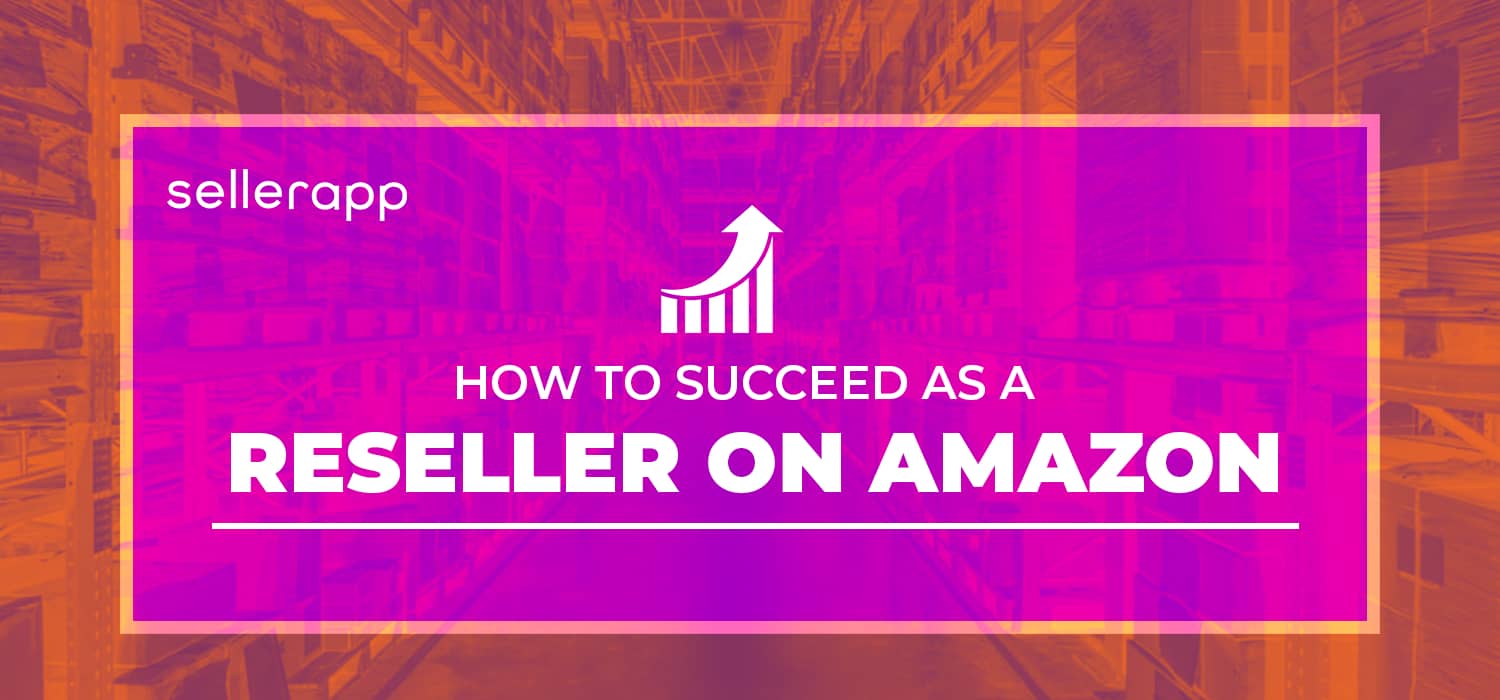

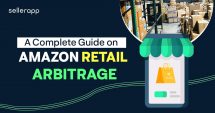
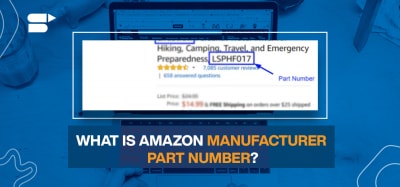

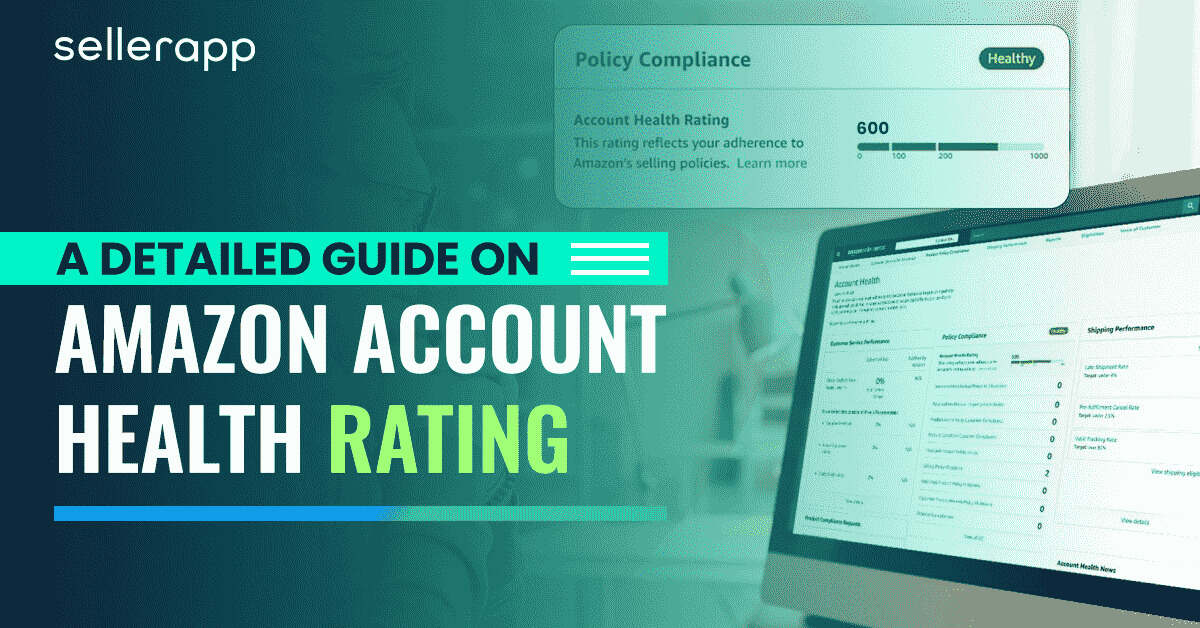
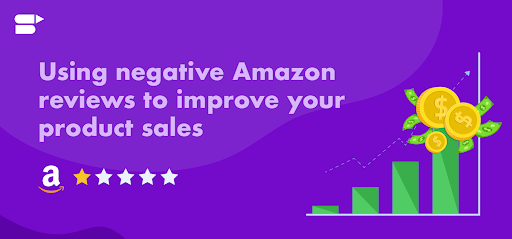


Matthew
November 15, 2023Very nice blog! Thanks for sharing!!
Clare Thomas
March 13, 2024Thank you.
Lewis
November 25, 2023SellerApp’s blogs offer something for everyone. I highly recommend checking them out if you’re serious about growing your Amazon business.
Clare Thomas
March 13, 2024I’m glad you found value in our blogs! Keep growing your Amazon business with SellerApp.